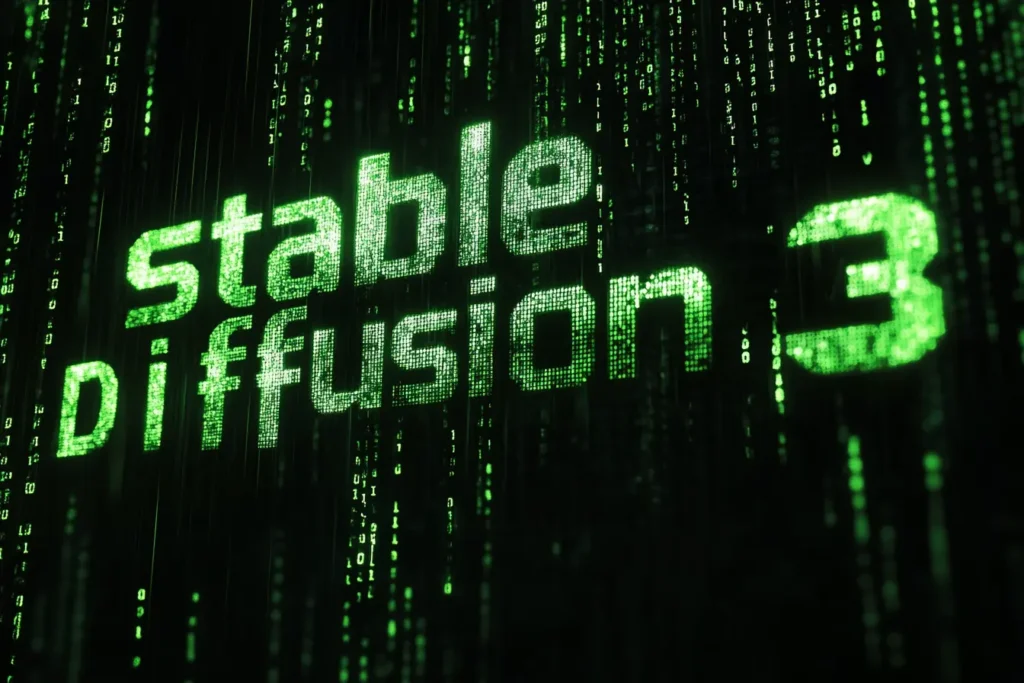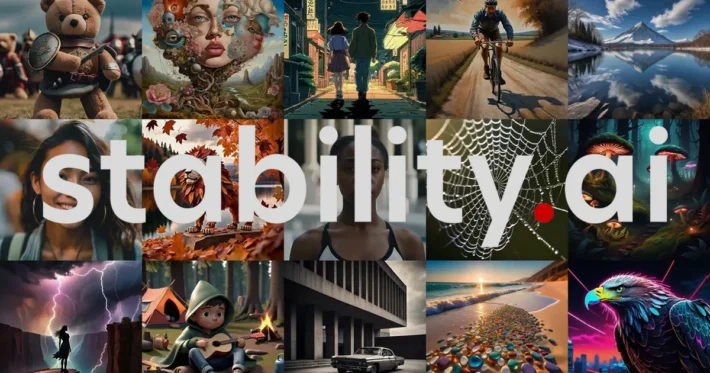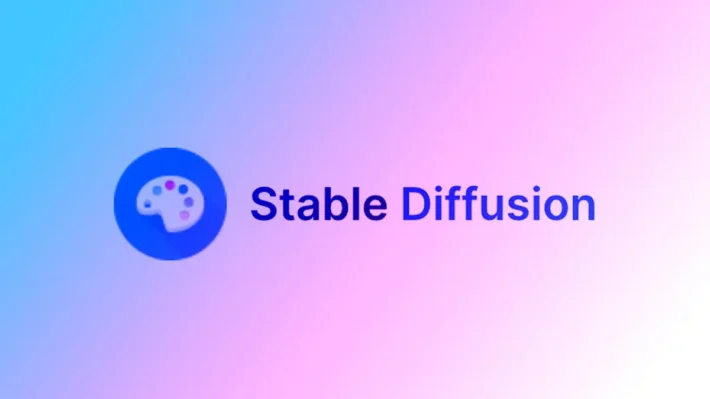Stable Diffusion 3: Advances, Applications & Principle
The remarkable journey of artificial intelligence has reached another milestone with the release of Stable Diffusion 3, a groundbreaking AI model that has captured the attention of both tech enthusiasts and industry leaders worldwide. This state-of-the-art model has set new standards in the realm of generative AI, particularly in image synthesis, where its capabilities far surpass those of its predecessors. In this comprehensive article, we dissect the intricacies of Stable Diffusion 3, its functionality, standout features, usage, and real-world applications.

What is Stable Diffusion 3?
Stable Diffusion 3 is the latest iteration in a series of diffusion models designed to generate high-quality, realistic images from textual descriptions. It is a product of continued innovation in AI technology, representing a refined blend of sophisticated algorithms and cutting-edge architecture. The model excels at producing images that are not only visually stunning but also contextually accurate, making it a powerful tool for a plethora of creative and professional applications.
The third version of Stable Diffusion builds upon the strengths of its predecessors by incorporating advanced machine learning techniques and leveraging larger, more diverse datasets. It aims to provide users with enhanced control over image generation, offering improvements in speed, detail, and versatility.
Related topics:Best 3 AI Music Generation Models of 2025
How Does Stable Diffusion 3 Work?
At its core, Stable Diffusion 3 employs a novel approach known as the diffusion process. This process involves incrementally transforming a latent noise variable into a coherent image. Here’s a more detailed look at how it works:
- Diffusion Process: Initially, random noise is applied to an image latent space. Over successive timesteps, a neural network—specifically a U-Net architecture—applies learned denoising steps to progressively refine the image.
- Latent Space Modeling: Stable Diffusion 3 models the image generation task in a latent space, which allows it to focus computational power on learning meaningful high-level patterns rather than pixel-level details exclusively.
- Attention Mechanisms: The integration of attention layers enables the model to focus selectively on different parts of the image, ensuring intricate details are captured while maintaining overall composition fidelity.
The result is a highly efficient and flexible model that can manage complex image synthesis tasks, rendering coherent images that align closely with input descriptions.
Features of Stable Diffusion 3
Stable Diffusion 3 stands out with several compelling features that enhance its performance and utility:
- High Resolution Output: The model supports the generation of images at higher resolutions (up to 1024×1024 pixels) while preserving detail and clarity.
- Improved Versatility: Adapts to various styles and themes, enabling users to create images ranging from photorealistic scenes to fantastical artistic renditions.
- Faster Processing: Optimized for reduced latency, allowing for quicker image processing and real-time application potential.
- Robust Dataset Training: Trained on an expansive and diverse dataset, Stable Diffusion 3 understands a vast array of contexts, styles, and cultural nuances.
- Customizability and Fine-Tuning: Users can fine-tune the model using specific datasets or modify parameters to align outputs with particular artistic preferences or project requirements.
How to Use Stable Diffusion 3
Stable Diffusion 3 is designed with accessibility in mind, offering various methods for use depending on user expertise and resource availability:
- Cloud Platforms: Users can engage with the model via cloud-based services that provide scalable options for utilizing computational power without significant upfront investment.
- APIs for Developers: Programmers and businesses can integrate Stable Diffusion 3 into their systems using APIs, making it easier to harness the model’s capabilities within custom applications and workflows.
- Standalone Software Applications: Designed for users without a technical background, these applications offer simple interfaces to generate images based on text prompts, making the model’s features accessible to a broader audience.
To utilize Stable Diffusion 3, users typically input textual descriptions, select or adjust desired parameters (such as style or resolution), and initiate the generation process to receive their customized image outputs.
Practical Applications of Stable Diffusion 3
The versatility of Stable Diffusion 3 lends itself to a vast range of applications across different sectors:
Creative Arts: Artists can experiment with new forms of digital art, blending styles from multiple art movements, or visualizing concepts rapidly during brainstorming sessions.
Media and Entertainment: Game developers and filmmakers can use the model to design detailed environments, textures, and character concepts efficiently.
Marketing and Branding: Content creators and marketers can generate specific visuals aligned with brand aesthetics, enhancing advertising materials and ensuring consistent thematic execution.
Education and Research: Educational institutions and researchers can visualize complex concepts and datasets, aiding in better teaching tools and materials.
Fashion and Interior Design: Designers can quickly create prototypes or mood boards, generating visuals from fabric patterns to complete room decor themes.
Conclusion
Stable Diffusion 3 marks a significant advancement in the field of AI-driven image generation, bringing together advanced technology with user-friendly implementations. Its robust architecture, enhanced features, and practical applications make it an invaluable tool not just for those in creative professions but also for businesses and educators seeking innovative solutions to visualize ideas. As the digital and physical worlds increasingly merge, the utility of tools like Stable Diffusion 3 will be central in shaping how we create, visualize, and interact with information. By making cutting-edge AI accessible and versatile, Stable Diffusion 3 paves the way for expanded creativity and efficiency in countless domains.



